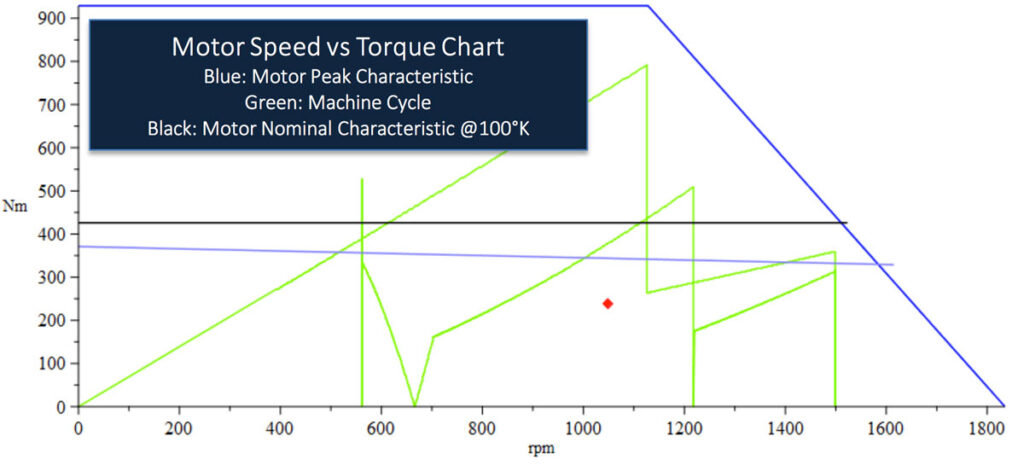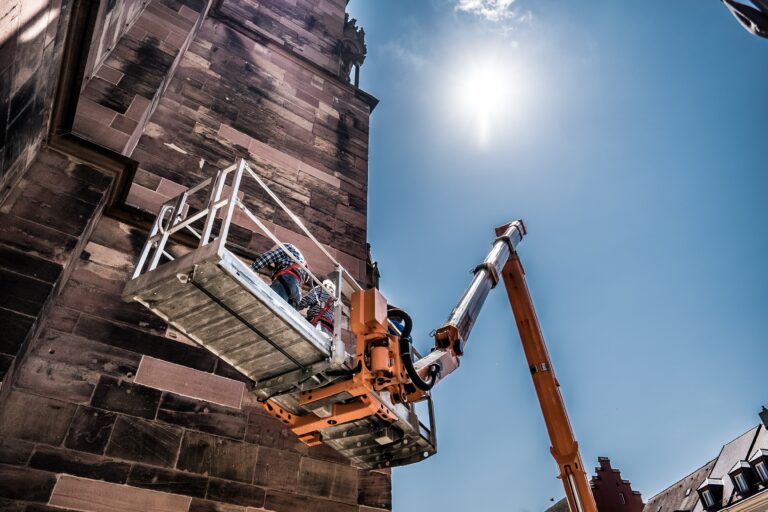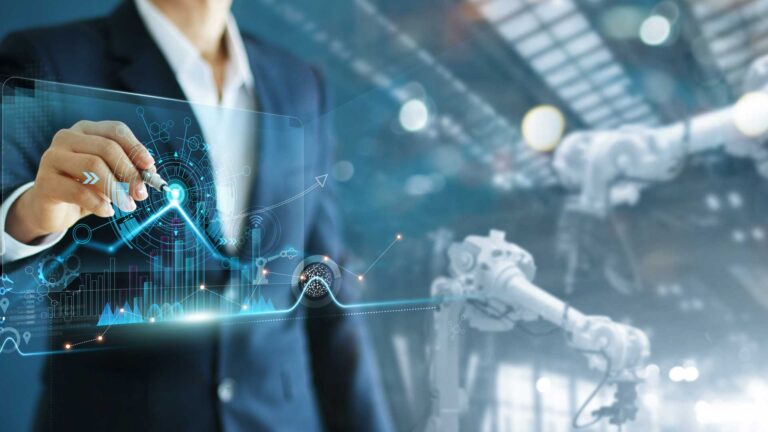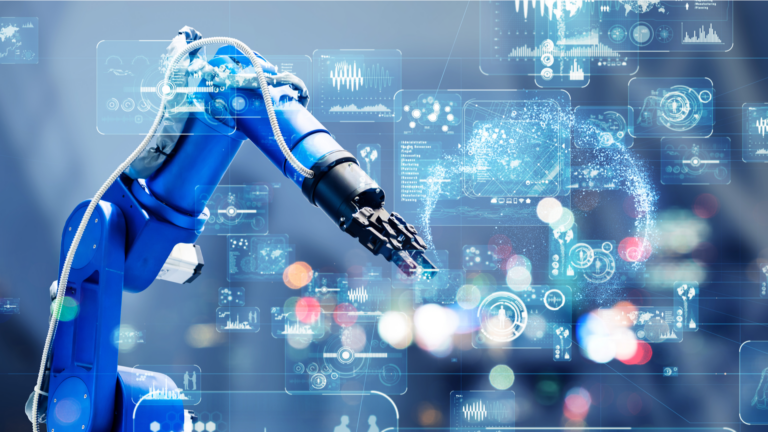
There’s no doubt about it: digital twins are becoming more popular across multiple industries. Today, use cases for the digital twin are found throughout the whole range of activities from planning to operation.
What is a digital twin, and what are the use cases for the digital twin? It is an online replica that incorporates the assets, processes, sub-systems, and physical entity environment, using them to create a realistic, digital representation. Organizations use a digital twin to mimic and analyze a production system’s behavior, for example, before it is commissioned in the real world.
You can also create a digital twin of a new product, simulating and testing different design and production considerations before physically producing the design. Digital twins save time and money for manufacturers. You can optimize and validate your production systems and products before commissioning any physical components or machines, meeting your performance requirements in a highly effective manner. For manufacturers, the opportunities digital twins provide are broad.
In this post, I’ll walk through several application areas of the digital twin across your products and production systems.
Use Cases for the Digital Twin: Planning and Design
Manufacturers often use digital twins in the planning and design stages for both their products and production systems. This is because an early-stage digital twin acts as the clear, unambiguous definition, providing a robust way to digitally test specific behaviors and the logic of the entity in question.
For products, this definition can include 3D models, diagrams, layouts, and other features of the final product design. For production systems, the definition includes the models, layouts, simulations, and more for cells, lines, and entire plants. The key element here for both products and production systems is that simulations accurately predict the behavior and operation of each.

Using digital twins for planning and design can help engineers simulate the duty cycles of new machines, and get exact answers for questions like motor sizing. This helps engineers prevent under or over-sizing their motors for new products.
For production systems, virtual commissioning simulations allow engineers to anticipate and address logic errors to predict how different controllers will behave on the factory floor. Just as importantly, engineers can also explore various options and iterations, allowing them to innovate and find novel solutions to any outstanding problems in the manufacturing environment.
Use Cases for the Digital Twin: Testing and Commissioning
Companies regularly use digital twins for testing and virtual commissioning, streamlining and optimizing those efforts. Your engineers can make design adjustments, run important diagnostic checks, integrate controls, write procedures, and identify and fix any resulting bugs for your product or production system.
To use digital twins for product development, you can place sensors and then feed the resulting readings into a simulation. The readings act as the inputs for the digital twin. These simulations provide valuable insights into the product design, giving engineers the freedom to innovate and test over a greater range of variables and design iterations than physical testing alone can achieve. This also lowers the risks involved in machine-level system integrations, providing engineers with peace of mind when it comes to physically commissioning their products.
To use digital twins for production systems, you place the compiled code on human machine interface (HMI) and/or programmable logic controllers (PLC), and then connect such hardware to a cell, line, or plant simulation. The simulation then uncovers any issues in the controller logic. This allows your engineers to iron out any errors that would otherwise only get discovered on the factory floor, and mitigates the risks associated with prolonged downtime and revenue loss for your production line.
Virtual commissioning allows your engineers to debug the logic and programming of the hardware, helping them test and verify your products and production systems, before any physical installation and commissioning takes place.
Digital Twins for Operation
Digital twins are useful once a new product or production system is in place, too. You can use a digital twin during operation to further optimize your systems.
While the physical product operates, you can feed the sensor readings from that product into a cloud-based Internet of Things (IoT) platform. This data in the cloud is then fed to a simulation that mimics the product when it’s running in a live environment. This provides a range of valuable insights that can enable predictive maintenance for the product and identify future improvements in the product’s design, once it’s operating in the field.
Using a digital twin during operation of production systems looks like this: You integrate a series of cell- or line-based sensors across your facility, feeding sensor readings to the corresponding digital twin simulations or a large database. These simulations may reveal real-time errors as they appear on the factory floor, allowing you to react quickly and minimize downtime at your facility. If you incorporate artificial intelligence or machine learning capabilities into your digital twins, you can benefit from predictive maintenance for your production assets, further minimizing downtime and allowing you to proactively fix your systems before a problem even arises.
Recap
- A digital twin is a digital definition of a physical entity, preceding its physical twin and mimicking its behavior once it is commissioned or in production. Digital twins are applied to both products and production systems at various points across their development lifecycles.
- Digital twins are used during the planning and design stages. An early-stage digital twin acts as the clear, unambiguous definition of the product or production system, and a means to digitally test its behavior and logic using simulation.
- Digital twins are also used for testing and commissioning. This allows engineers to debug the hardware’s logic and programming, to test and verify products and production systems before any physical installation and commissioning takes place.
- You can continue to use digital twins during the operation of your products and production systems. This allows engineers to proactively maintain and optimize their systems further, once these products and production systems are fully operational in the real world.






